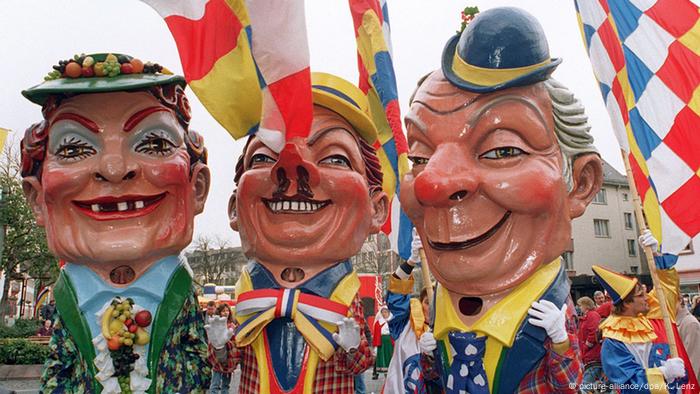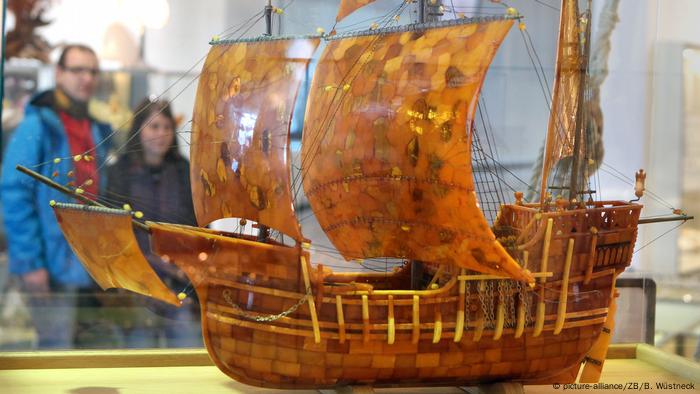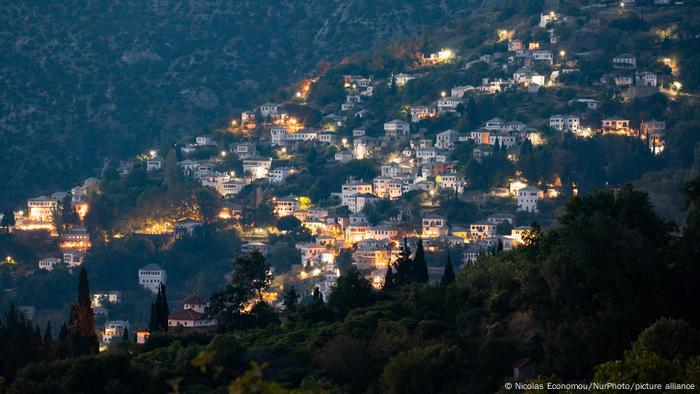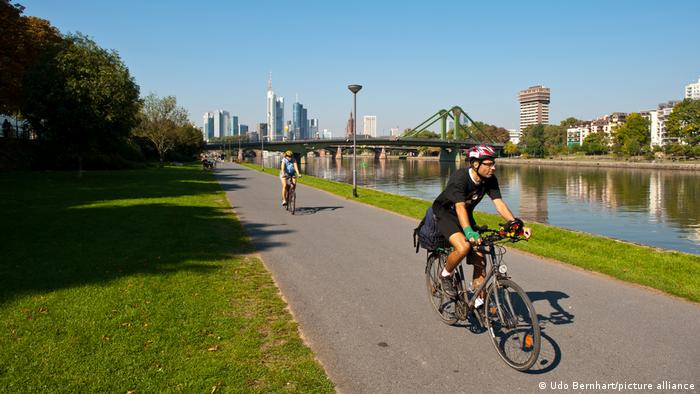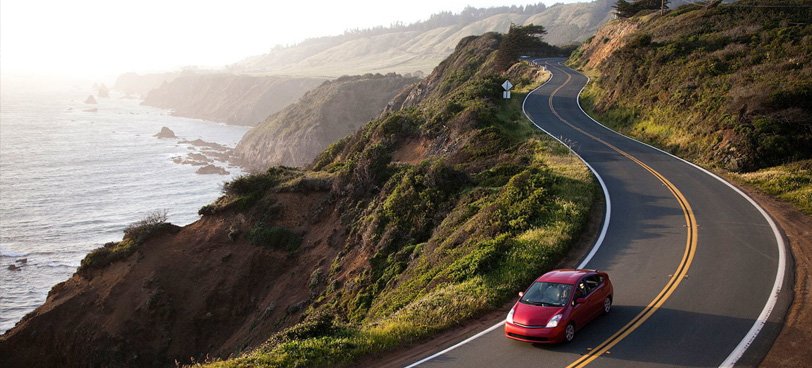Created by nature, cultivated by people - on the Rhine and Moselle, Nahe and Ahr, the landscape experience is diverse and cultural enjoyment is guaranteed. Rhineland-Palatinate is wine country, woodland and hiking country.
Panoramic hiking
The Rheinsteig hiking trail is 320 kilometers along Germany's most famous river. We recommend the associated circular routes, which lead uphill and downhill on narrow paths through steep vineyards, along the banks of the Rhine, and over high plateaus - also to the legendary Loreley rock near St. Goarshausen.
Greetings from the Middle Ages
The Middle Ages come to life again above the Moselle valley. Knights used to keep an eye on the river from imposing castles such as the Reichsburg near Cochem. Because they collected tolls from every ship. Today, Cochem is the tourist center of the Terrassenmosel. So-called because it has the steepest vineyards in Europe.
Make way for cyclists
Numerous castles, ruins, and palaces on slate rocks line the banks of the Upper Middle Rhine Valley World Heritage Site. Under the motto "Tal toTal", cyclists and skaters can enjoy the region undisturbed over 120 kilometers. Every year on the last Sunday in June, the route between Bingen and Koblenz remains car-free. Then around 150,000 visitors celebrate a huge party on the left and right of the Rhine.
Gondola ride
Travelers have been following the lure of the romantic Rhine for 200 years. Excursion boats depart from Koblenz in the direction of the Loreley Rock and tour through the Moselle Valley. The Rhine and Moselle flow together at the Deutsches Eck. Visitors can also float in gondolas to Ehrenbreitstein Fortress. 118 meters above the Rhine there is a great view. And if you want, you can stay the night in the youth hostel.
In the protection of the cathedral
The Worms Imperial Cathedral is the spectacular backdrop for the stage of the Nibelungen Festival, one of the highlights of the cultural summer in Rhineland-Palatinate. The Nibelungen is one of the most famous German sagas and is part of the UNESCO World Document Heritage. Thanks to the prominent cast of directors and ensemble, the theater festival is a hit with the public.
Stone Age sensation
In 2014, a hiker discovered scratch marks on a slate rock in the forest near Gondershausen in the Hunsrück. Archaeologists were delighted. Such rock engravings were previously only known from Portugal, Spain, and France, but have never been discovered so far north of Europe. The sketches, which are more than 20,000 years old, probably show four horses.
A forest full of rocks
The Palatinate Forest Nature Park forms a cross-border biosphere reserve together with the Northern Vosges, which belong to France. Lynx, wildcat, peregrine falcon and kingfisher have a protected home here. The southern Dahner Felsenland is one of the most popular climbing regions in Germany. More than 80 free-standing red sandstone towers invite sports climbers to dance vertically.
Like the ancient Romans
Today, Riesling grapes in particular thrive on the sun-kissed steep slopes of the Moselle. The Roman conquerors of Germany brought the vines with them 2000 years ago. The trade-in Moselle wine was already flourishing back then. Guests can charter the replica of an antique wine merchant ship for a wine tasting. The Stella Noviomagi weighs anchor in Neumagen-Drohn.
Ancient landmark
With this building, the Roman Empire shows its size and at the same time its power. Stones weighing up to six tons were installed almost 30 meters high without mortar. The Porta Nigra, the Black Gate, is a World Heritage Site and the landmark of Trier, one of the oldest cities in Germany. The originally light gray sandstone only turned black over the course of thousands of years.
Mainz as it sings and laughs
Carnival traditionally plays a major role in the state capital of Rhineland-Palatinate. Fools danced in the streets here as early as the 16th century. The highlight of the Mainz carnival is the parade on Shrove Monday. A lovingly cultivated trademark is the figures called "Schwellköpp". There are 30 different characters of both sexes. A head weighs up to 25 kilograms.
